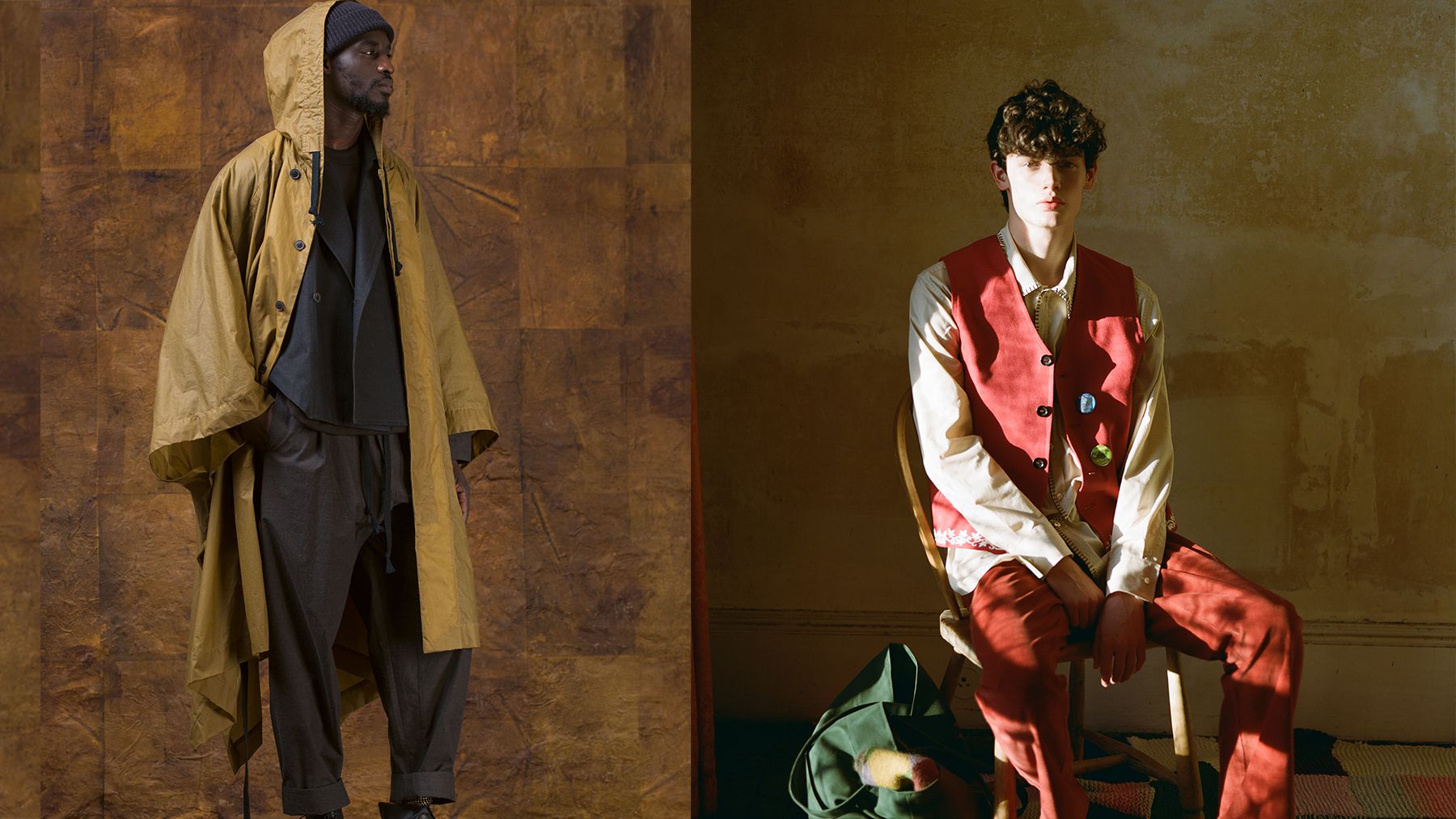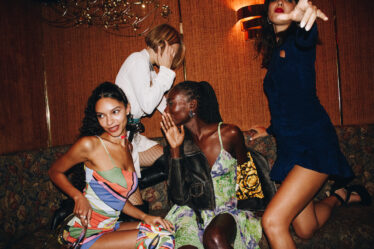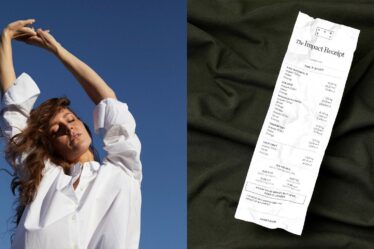
FLORENCE — “I am interested in a certain everydayness and ordinariness; this is why I am drawn to men from all walks of life and not professional models for my shows,” said Martine Rose at the press conference the morning of her Pitti Uomo outing. As Pitti’s special guest, Rose brought to Florence a taste of London roughness, exemplified by her penchant for characters at the margins of fashionability, her love for outsiders.
This was the first time Rose was showcasing her fiercely local vision outside of her hometown and yet her quiet influence on the wider fashion system is undeniable. And set against the influencers and “content creators” who populate Pitti, positioning themselves as “real,” Rose’s baristas and calcio fiorentino players decked in shrunken tailoring, hair heavily gelled, were all the more authentic.
The face-off between the real and the fictional broadly pervaded the Florentine fair. Pitti, as a trade show, is about wearable products and as usual there were plenty of high quality propositions, from Ecoalf’s stress on sustainability, purposeful design and playfulness to Ukrainian label ObjectX’s survival-in-the-wildest-elements outerwear. Performance wear is an enduring trend, epitomised by Finnish designer Rolf Ekroth, but it is tailored formalwear that typically steals the scene at Pitti: a way of dressing that is making a comeback but that, at the moment, looks costume-y or trapped in a distant pre-pandemic past.
All the players working in this traditional segment of menswear seem intent on doing something grand, when the beauty of tailoring is more often than not found in subtleness. This is why Aldo Maria Camillo’s comeback with his AMC label, under the tutelage of Hirofumi Kurino’s Humanos project, looked particularly on point: soft tailoring as effortless as a whisper.
Meanwhile, reality reigned at the catwalk shows that surround Pitti’s trade show which this season took a welcome turn into left field. First came Jan-Jan Van Essche, the Belgian purveyor of flowing, somberly-hued, eminently tactile, multicultural dressing: a designer so quiet and averse to fanfare that this was his very first proper fashion show after over twelve years in business. Van Essche works in liquid lines and beautiful materials, and favours the kind of simple but soulful shapes one finds in traditional dress in cultures, from Africa to Anatolia to Japan. He has an assured, if subtle voice: one can see echoes of what Issey Miyake was doing with Plantation back in the 70s or early Lemaire, but it is all filtered through Van Essche’s singular lens.
Reality took a boombastic turn at Martine Rose. Perhaps due to a choreography snafu, one had the feeling of looking at passers-by in a crowd. In other words, the show was quite chaotic and this made looking at the clothes difficult if charming. There is something vivid about Rose’s interest in the dirtiness of life and the characters that populate it. This season they looked particularly wild and feisty: a bit like door bouncers mixed with club-goers. Rose, one of the originators of the oversized tailoring trend, is now pushing a super-slim silhouette that feels fresh and taut. Her way with masculinity is free and paradoxically macho even when it leans feminine. The grittiness is elating.
But for all the grittiness, Pitti was dreamy, too, with eccentric dressing and prints and patterns galore. Pierre Louis Mascia has long been a champion of mixed motifs scattered all over his silhouettes in the most poetic and offbeat of ways. He was way ahead of the curve in this sense and very original in using easy-to-wear pieces as his base. And yet, in the aftermath of Alessandro Michele’s Gucci, Mascia’s take on fashion came across as slightly out of sync with the times.
A lovely addition to Pitti’s dreamers was Chateau Orlando, the brand conceived by artist and writer Luke Edward Hall, who built a folksy tent as a stand at the fair, looking like a gentle alien amongst the other exhibitors. Drawing on British folklore and a sense of naivety, Chateau Orlando sits on the more evanescent side of hipsterism. It wasn’t entirely new, but the brand has a fresh energy that ultimately registered as both dreamy and real, which is always a good balance.


